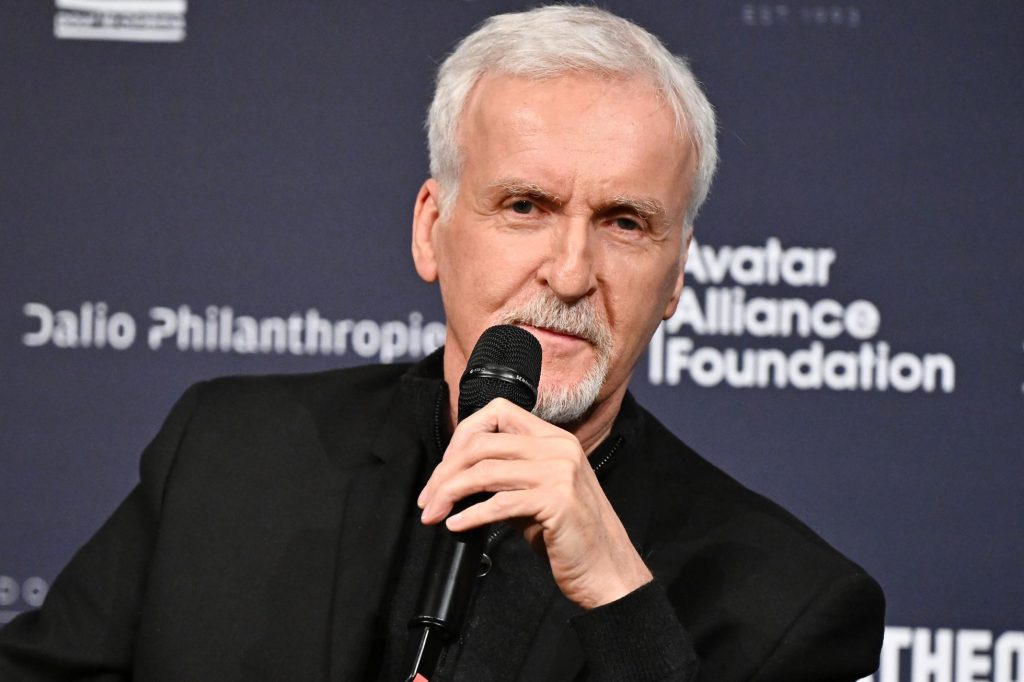Eighty years after the world’s only nuclear attack, Charles Pellegrino’s non-fiction book, Ghosts of Hiroshima (Blackstone Publishing) recounts the horror from the viewpoint of those who survived.
The 328-page book is an immersive account of the atomic bombs dropped on Hiroshima and Nagasaki. The author blends the science of splitting atoms, drawn with near poetic styling, with what the bombs actually did to people—instant vaporization, ruptured organs, blindness and horrific burns.
Nuclear Shadows And Charcoal Figures
Pellegrino describes the nuclear fission that sprayed “the ghostliest particles in the known universe, called neutrinos.” At the speed of light, a trillion of them passed through those near the bomb’s hypocenter. The blasts left behind “nuclear shadows”—dark outlines on walls, steps and other surfaces, where human bodies had blocked the searing flash. The phenomenon marked the final moment of the victims, frozen in time. Some of the shadows are still visible today.
Some victims were instantly incinerated, while others were reduced to eerie charcoal figures fixed in place. One such man was seen standing, “arms thrust toward the sky,” Pellegrino writes. Another fossilized man was “still pulling a large two-wheeled cart in which two charcoal children sat holding their knees.”
The detonation of the bombs brought a terrible wonder, a soundless blast of light and colors never seen before, and never seen again.
Following the detonations, black rains fell, sticky and radioactive—a type of nuclear fallout. Some endured a lifetime of radiation sickness: nausea, hair loss, skin burns, bleeding, fatigue and fever. Many survived the nightmare to face thyroid, breast and lung cancer.
James Cameron Vision For A Film That Honors Survivors
Those details and others in Pellegrino’s book, including accounts of Japanese internment camps, the buildup to the creation of the bombs, and the moral and ethical consequences of the decision to drop them, have caught the eye of director James Cameron.
In 2024, James Cameron announced he had purchased the rights to Pellegrino’s book, which was released August 5. He said he would make a film based on the book, blending the accounts with others from the author’s The Last Train from Hiroshima.
The movie will be Cameron’s first non-Avatar film since Titanic in 1997. The director has stated that he will shoot the film once Avatar production permits. The third film in the Avatar franchise, Fire and Ash, is set for release on December 19, 2025. Avatar 4 and Avatar 5 are set to be released in 2029 and 2031.
A film about atomic destruction presents significant challenges for the director. The historically accurate story, as relayed in Pellegrino’s new book, is wholly terrifying. Reading the book can be a profoundly disturbing experience, triggering existential angst. The scale of the devastation is unfathomable.
Is The Public Ready To Witness Atomic Horror?
In his book, the author notes that the U.S. government initially censored the blasts’ effects and downplayed the bleak consequences of radiation. Footage of the aftermath was suppressed, and journalists’ accounts were concealed.
Eighty years later, will the public be able to handle the stark reality of the effects of dropping nuclear weapons on cities with a combined population of over half a million people?
In an August interview, Cameron told Rolling Stone magazine that his goal wasn’t to overwhelm audiences with the horrors of the atomic blasts in the film’s opening minutes. “The task is to tell it in a way that’s heartfelt,” he told writer Sean Woods. “The task is to tell it in a way that the book does it, which engages you, and you project yourself into that person’s reality for a moment, and you feel empathy for them.”
Tsutomu Yamaguchi Survived Two Atomic Bomb Blasts
Ghosts of Hiroshima partly follows the story of double atomic bomb survivor Tsutomu Yamaguchi; Cameron has said he will do likewise.
On the day of the first atomic bombing, the 29-year-old marine engineer Yamaguchi was in Hiroshima on business. Despite severe burns and ruptured eardrums, he returned to his home in Nagasaki the next day and reported to work at Mitsubishi Heavy Industries. His supervisors didn’t believe his stories of utter destruction in Hiroshima. He told them, however, that if they saw a bright flash and heard no sound, to immediately fall to the floor and shield themselves in any way they could. It was an action that saved their lives when the bomb hit Nagasaki on August 9.
In Nagasaki, Yamaguchi was again struck by an atomic bomb, his already damaged skin seared with new radiation burns. Although close to ground zero, he survived thanks to the reinforced stairwell of his office building and a nearby hill that absorbed much of the blast.
Cameron met Yamaguchi in 2010, shortly before he died at age 93.
“I saw a man who was basically a living skeleton,” Cameron told Rolling Stone of meeting Yamaguchi. “There was something in him that was clinging to life for a reason. And if I look back on it now, that reason in my mind feels like he needed to pass the baton to somebody. He couldn’t imagine that ever happening again. And he understood that you have to break the cycle of blame and hate and trauma.”
Cameron’s interest in the atomic bomb began when he was eight years old, during the Cuban Missile Crisis. In high school, he read John Hersey’s 1946 book, Hiroshima, which related the experience of six atomic bomb survivors, called Hibakusha by the Japanese, meaning “bomb-affected people.” Hersey’s book was first published in The New Yorker, which dedicated an entire edition to the work.
When will Cameron’s film about the atomic bombs begin production and be released? The director hasn’t said, but the film promises to be a harrowing, historically grounded portrayal of the events, reflecting the depth of human misery that came in their wake.

